I am having troubles understanding a circuit where to base of a transistor is connected to the ground.
As far as I know a transistor needs a certain voltage on the base so electricity can flow from the collector to the emitter. However, if the base is connected to the ground this can never happen.
In the image you can see, that the base of T2 is connected to the ground and as Ue = 0, the base of T1 is connected to the ground as well. U+ = 5V (don't know if this is important).
Should an explanation be too much work, please point me in the right direction or post links to further resources that might help me.
Thank you very much in advance!

